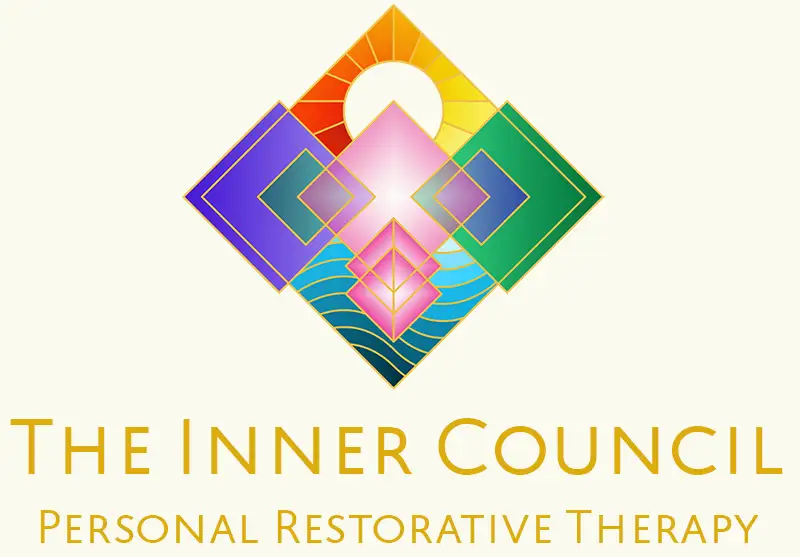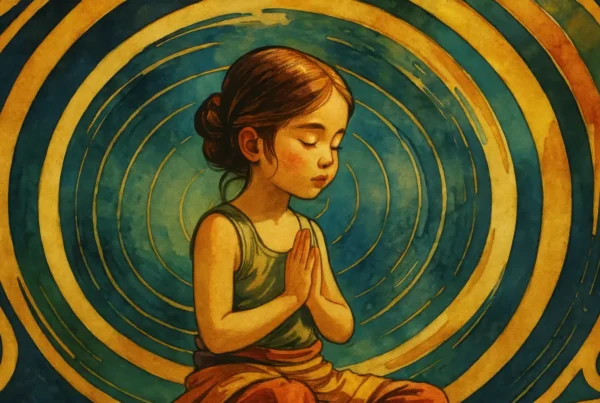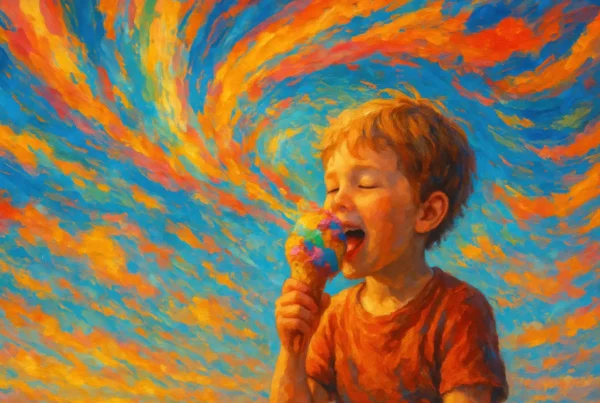BOOK YOUR WORKSHOP TODAY
All posts published here are presented as casual conversation pieces to provoke thought in some direction or another, they do not necessarily represent fixed opinions of the Inner Council, as our work exists beyond the spectrum of bound statement and singular clause.
Accessing Archetypes for personal healing
Embodiment is the capacity to take the form of something abstract, conceptual or feeling based into a tangible, physical form. In ancient spiritual practices, it is a sacred art; one that has been practised and developed over millennia. There is a level of mastery involved as it is not merely enough to gain knowledge through texts and study.
The extension reaches out to putting knowledge into practice, gaining insight through experience and transforming what has been learned in theory into a tangible lived experience. For example, yoga, meditation or martial arts can be studied, however a dedicated practice is required to deepen this understanding from knowledge to an art form and embodied practice.
The healing benefits of embodied practices are deeply rooted in historic, cultural and scientific understanding. There is extensive literature on the benefits of holistic approaches to modern day living and taking active interest and pursuit of one’s overall well-being is recognised and supported as key.
Embodiment extends to personal healing practices. Archetypes are a feature of psychology and psychotherapy based theories and practices. Archetypes also appear in creative outlets such as film, novels, stories, songs, poems. They hold significance as a way for interpreting human behaviour at a relatable, yet subtly deeper level.
The relationship between archetypes and personal healing as it unfolds through the connection to and embodiment of archetypes intends to be explored. There is much insight cognitively and experientially to be gained by working with archetypes. Accessing this realm of the unconscious lends support to journeys of growth and transformation.
Introducing Archetypes
Archetypes are historically part of our psychology, cognitive and psychic development and human behaviour. They are a set of characteristics, patterns of behaviour, collective images, which make them identifiable as a recognisable form and understanding. Jungian archetypes are believed to be embedded within the human psyche; accessible on an individual level, as part of collective consciousness too.
This gives us a reference point to work with in personal healing. The child is a primary archetype and is indeed the first part of our psyche that develops during infancy. Working with the inner child during adulthood is an opportunity to connect with the primary part of self that developed during childhood. The significance of which is rooted firmly in all stages of personal healing.
Additional Jungian archetypes include the wise old man, the mother and the maiden, of which all relate to a collective element existing in the unconscious. Further study and inspiration from Jungian archetypes has developed into various categories and sub-categories such as ego, soul and self types.
Whilst archetypes are non visible in physical form, Jung writes about the accessibility to them that reside in the collective unconscious. Archetypes are a tendency to form representations, or motifs of a particular set of characteristics which are recognisable in the named examples above.
In Jungian theory, an archetype ‘designates the psychic content that has as yet been subjected to no conscious treatment and so represents an immediate, psychic actuality’ Thus, ‘myths are-related to psychic happening’, and, as such, continue to present themselves actively in dreams to express and actually bring about what the conscious mind alone is incapable either of understanding or of achieving.
The purpose of connecting to a collective field of archetypes in the unconscious are gateways of insight to support the deeper, more complex understanding of human behaviour, conditioning and nature of psychic phenomenon in psychology. Choosing archetypal work as a medium for introspective study provides an opportunity for personal healing that includes subjective experiences, woven in established, analytical study, theory and practice.
Choosing to work with Archetypes
There is much to be gained from archetypal work and study. Finding a therapist, guide or practitioner who specialises in archetypes who can provide guidance and a supportive space to go deeper into archetypal work lends support and establishes a grounding in the intuitive journey with archetypal study.
The element of personal healing is a benefit of working with archetypes. As one becomes aware of how archetypes impact and affect our lives, from an explorative, considered perspective, wounds, trauma and dysfunctional aspects can be brought into light and integrated.
Integration is a key aspect of archetypal work. By understanding the patterns, characteristics and resulting behaviours, habits and adaptations we make on an individual basis, the greater the potential for integrating unresolved and mal-adapted parts of us.
Working with archetypes opens up a combined space of objective and subjective experience. There is rationale, clarity and knowledge available whilst the subjective experience of how an archetype applies to an individual’s story and process is malleable.
Taking the child as an example, understanding that each of us possess the qualities of the child and that a universal application is available to all, whilst considering the individual experiences and background of how the child has applied itself and formed within individuals is examined. Such qualities include innocence, playfulness, creativity, dependence, naivety, spontaneity and joyfulness.
Archetypes can have sub categories, as described by author Caroline Myss, which include nuanced aspects such as the wounded child, the abandoned child, the magical child, the divine child, the nature child and the eternal child. Due to the multifaceted nature of working with archetypes, these are taken into consideration when embarking on personal healing with the inner child, as well as addressing the parts that need integrating that are wounded, hidden, laying dormant.
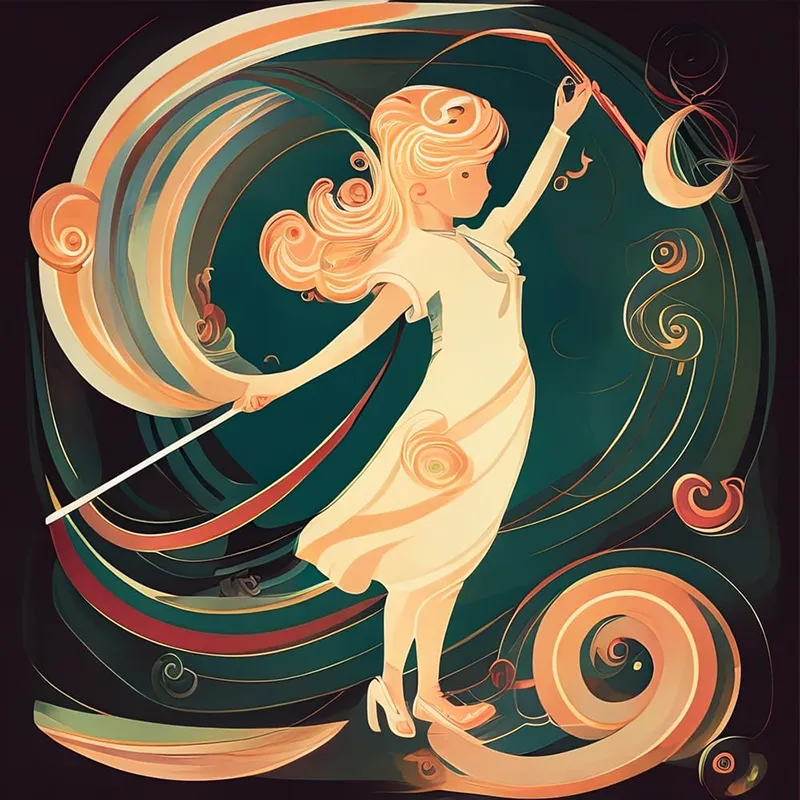
The Magic Child Archetype

The Wounded Child Archetype
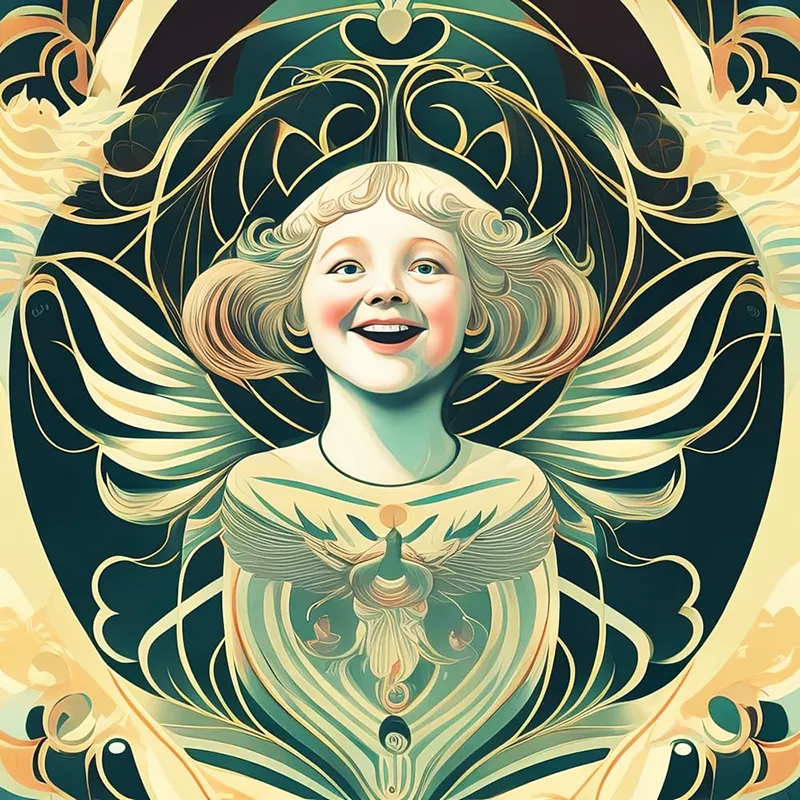
The Divine Child Archetype
Examples of Archetypal work
Archetypes provide an entry point into the unconscious mind where stored memories, experiences, trauma, as well as cultural, religious and societal information are held. Individuals working with archetypes begin to recognise and understand their patterns, tendencies and imagery on an individual and collective level.
Archetypes such as the child are universal; we all have a child archetype within us. Inner child work bridges the gap between the conscious and unconscious mind, allowing for healing to happen on physical, mental, emotional and spiritual levels. This may be through resolving stored behaviours, patterns and tendencies that are no longer serving an individual.
The significance of archetypal work is that it allows a re-frame and objective understanding of our history and past experiences, enabling us to release, let go of outdated, old patterns and bring in healthier, aligned, functional aspects of the child.
In addition to a healing modality such as inner child work, the embodiment of archetypes can include choosing an archetype that contains a particular aspect, or quality that can support you in your current stage of healing and personal journey. Learning through a subjective experience enhances and nurtures the journey of inner wisdom and empowerment.
For those seeking support in a hero’s journey, the hero archetype can be drawn on to harness the qualities needed to support your journey. Some of the qualities the hero possesses include strength, courage and a will to do good for oneself and all beings.
Beginning the journey
Drawing on inspiration from the collective field of archetypes and having tools and techniques to work with archetypal imagery, texts, information and experiences are supportive for personal healing and transformation. Taking studies a step further with embodiment and practice are available for those wishing to deepen their understanding with introspective work.
Beginning with foundational archetypes such as the child are recommended. These archetypes that exist within every individual are available and waiting to be engaged. They also hold the key for personal healing as is often the case with the child.
For more information on archetypes and an in-depth look into an example of archetypal work and study, we have some articles on the story of Sir Gawain and the Green Knight.
